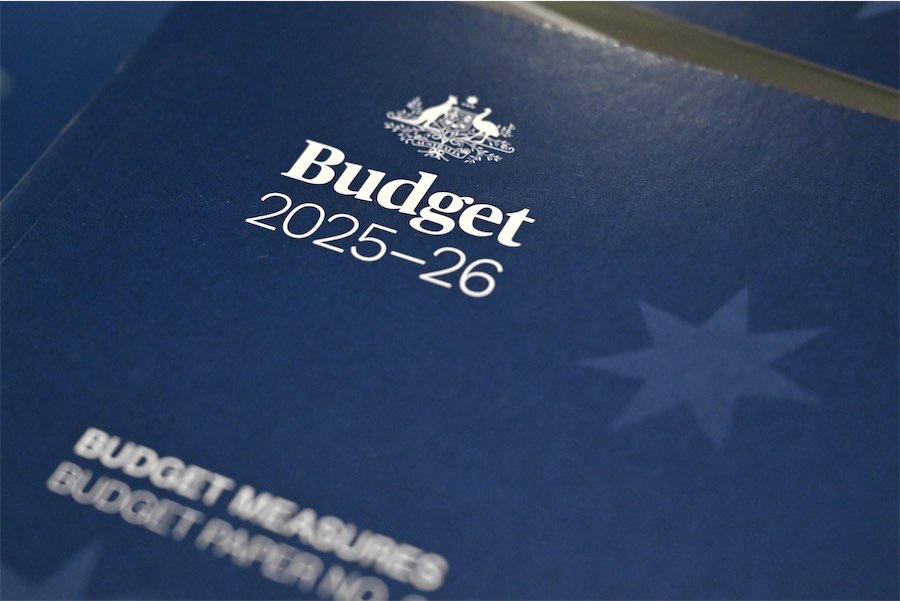
By Jacob Shteyman in Canberra
Another two rounds of tax cuts, energy rebates, health and infrastructure spending are at the centre of this year’s federal budget.
FEDERAL BUDGET AT A GLANCE
-
Budget deficit of $27.6 billion this financial year
-
Commonwealth gross debt to rise to $940 billion (33.7 per cent of GDP) in 2024/25 before cracking $1 trillion the year after
-
Net debt to rise to $556 billion in 2024/25
-
Economic growth to rise to 1.5 per cent in 2024/25
-
Unemployment rate to rise to 4.25 per cent in 2024/25
-
Consumer price index inflation to fall to 2.5 per cent in 2024/25
-
Wages to rise by 3 per cent in 2024/25
-
Living standards to rise, with growth in real household disposable income revised up from 1.25 per cent to 2 per cent in 2025/26
-
Net overseas migration will fall from 435,000 in 2023/24 to 225,000 in 2026/27
KEY MEASURES – IF LABOR IS RE-ELECTED
-
Two more tax cuts for every Australian taxpayer, worth about $10 per week when fully implemented, starting from July 2026
-
Energy bill relief for households and one million small businesses extended for six months from July 1, worth $150 for each recipient at a cost of $1.8 billion
-
Cheaper prescription drugs, with most payments capped at $25 per PBS medicine, costing $689 million over four years
-
Disaster recovery funding worth $1.2 billion for southeast Queensland and northern NSW communities hit by ex-Tropical Cyclone Alfred
-
Increased access to Medicare bulk billing, 50 new urgent care clinics, funds for nursing scholarships and GP trainees costing more than $9 billion over four years
-
Help to Buy shared equity housing program wage and price caps raised to increase access for first home buyers
-
Banning non-compete clauses for low- and middle-income earners, which could lift the wages of affected workers by $2500 per year and lift GDP by $5 billion per year
-
Slashing university student debt by 20 per cent, amounting to $16 billion in HECS debt from the headline cash balance
-
Minimum three days of subsidised child care up to salary cap of $500,000, at a cost of $427 million over five years
-
Defence spending worth $1 billion brought forward for guided weapons, AUKUS submarine base, frigate program
-
Infrastructure upgrades, including $7.2 billion to upgrade the Bruce Highway in Queensland, $2 billion in to create a new rail hub in Melbourne’s west as part of a future airport rail link and $1 billion for a rail corridor in Sydney’s southwest
Who can be trusted?
In a world of spin and confusion, there’s never been a more important time to support independent journalism in Canberra.
If you trust our work online and want to enforce the power of independent voices, I invite you to make a small contribution.
Every dollar of support is invested back into our journalism to help keep citynews.com.au strong and free.
Thank you,
Ian Meikle, editor

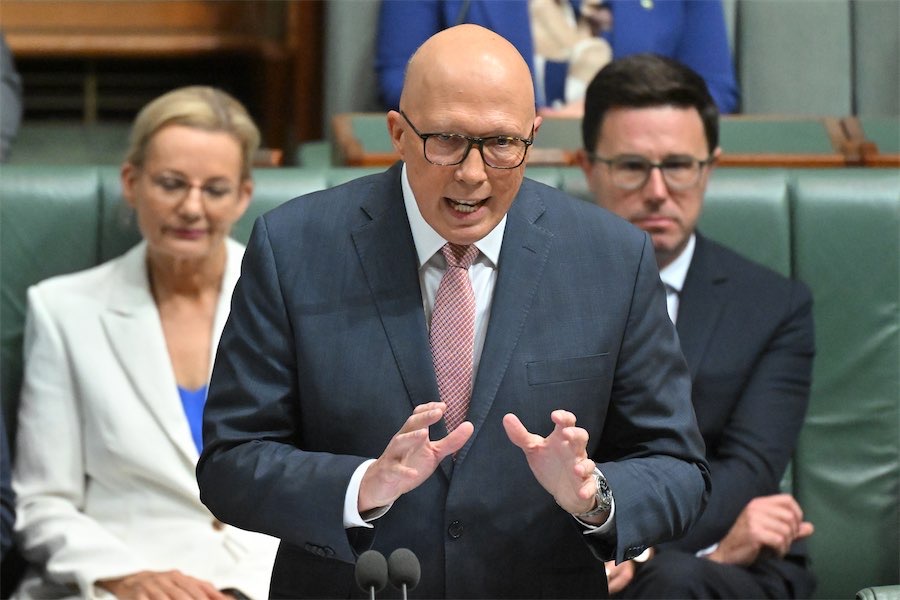
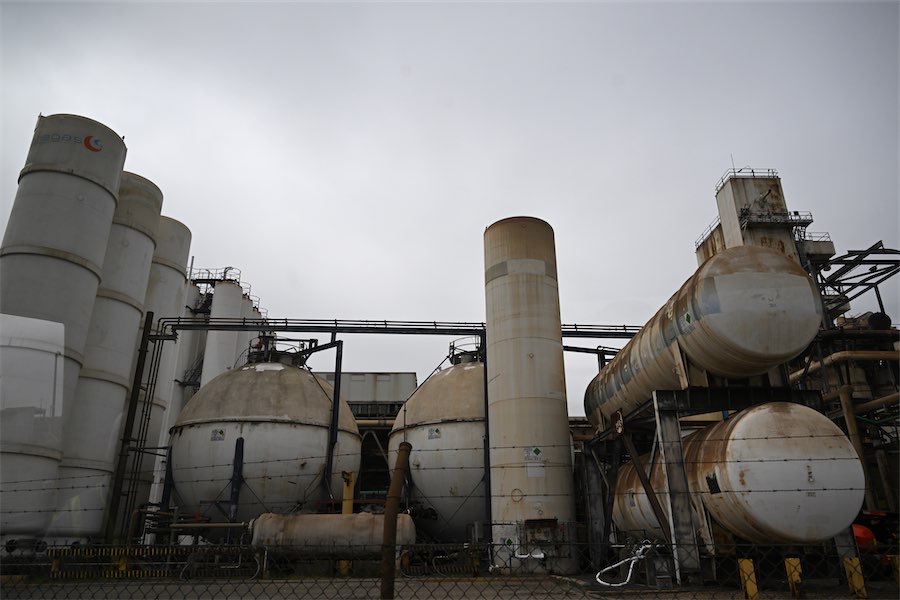



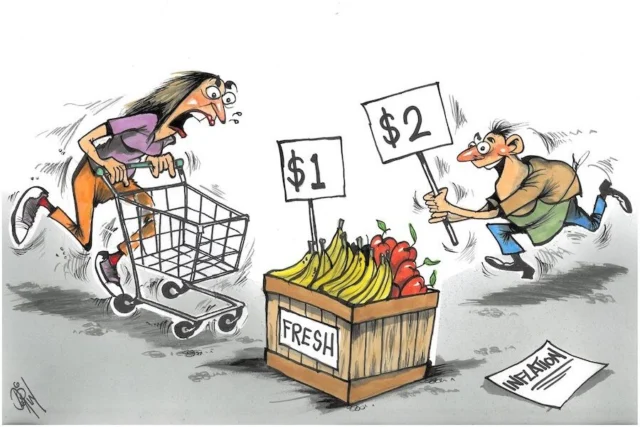

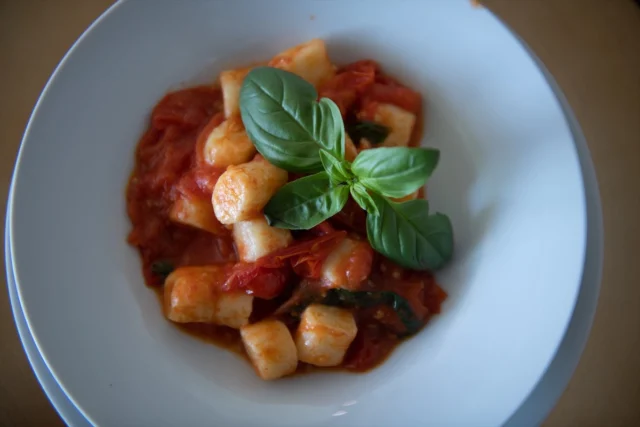
Leave a Reply